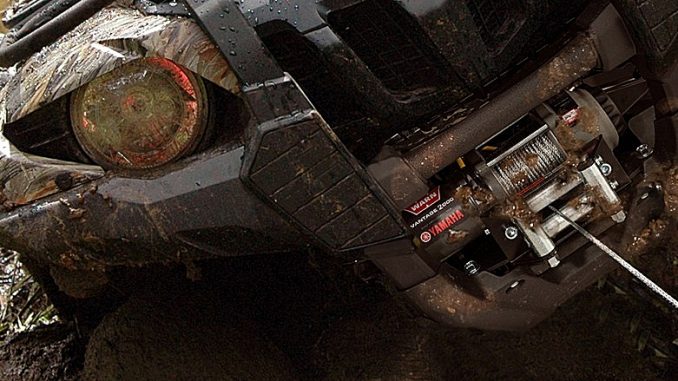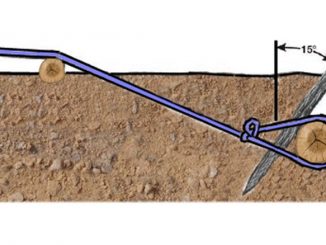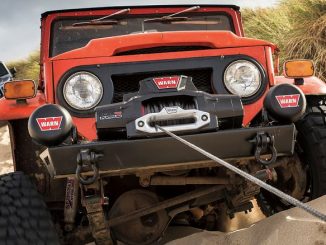
The Importance of Safe Winching Techniques
Any fearless offroader knows that the day will come when the mud and rocks conquer your quad, leaving you good and stuck. If you enjoy putting your quad or truck through the toughest muck and obstacles it can handle, you’re going to need a winch that’s powerful enough to get you out. You’re also going to need to know how to winch out safely.
If you’re looking to buy an ATV or recovery winch and put it to good use, it’s important to take the time to understand how to recover your vehicle without creating a dangerous situation for yourself and others. Don’t wait until you’re stuck to use your winch for the first time.
Getting Your Act Together
Before you get ready to winch out, make sure you have some basic equipment on hand. First you’re going to need a pair of heavy duty leather gloves. These will protect you from rope burn and from any burrs or slivers that can slice into your bare hands when you handle the winch rope. If you use a steel cable, you may also need a heavy coat or blanket you can throw over the line in case it snaps. A steel cable can whip through the air if it breaks under load, damaging anything in its path. Depending on the type of pull, you may also need a snatch block to guide the rope in a straight line onto the drum or to double the load capacity of your winch.
Choosing an Anchor Point
Your first task in winching out is to choose a solid anchor point. Your best options are either a natural anchor point, such as a tree, stump, or large rock, or another vehicle. If you choose a tree as your anchor point, use a tree strap rather than a chain to attach the winch rope. Using a chain may damage or even kill the tree. Also, never wrap the cable around an anchor point and hook it back on itself. This can damage your cable or cause it to snap.
If possible, choose an anchor point directly in line with your vehicle in order to allow the cable to wrap in straight, even rows onto the drum. Pulling at an angle may cause the rope to pile up on one side of the drum. If the rope piles up too high on one side, it can chafe against the winch housing and cause extensive damage. Angle pulls are less efficient than straight-line pulls. They also increase the chances of your winch line rubbing against a sharp edge on your vehicle. If your only option is to pull at an angle, use a snatch block to guide the cable straight into the drum.
The more line you spool out, the greater the load your winch can handle. So choose an anchor point that is far enough away to get the most power out of your winch but close enough to leave at least one row of cable on the spool. If you choose another vehicle as your anchor point, block the wheels of the recovery vehicle, put it in neutral, and engage the handbrake before you start to winch out. This will keep the recovery vehicle from rolling.
Using the right equipment and choosing a solid anchor point are key factors in winch safety. The steps you take before you start winching out can make a huge difference in your own safety and the safety of those around you.



